
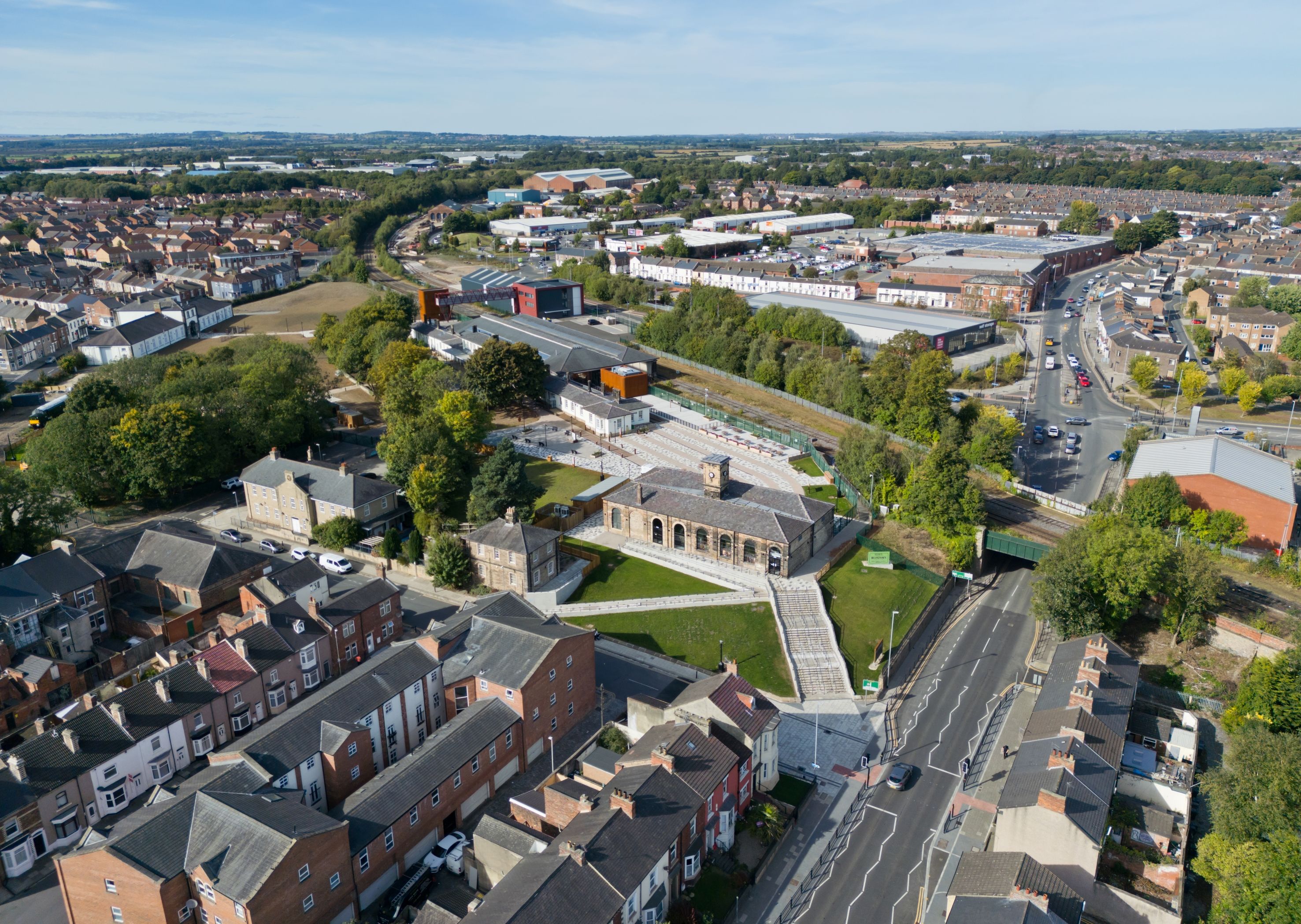
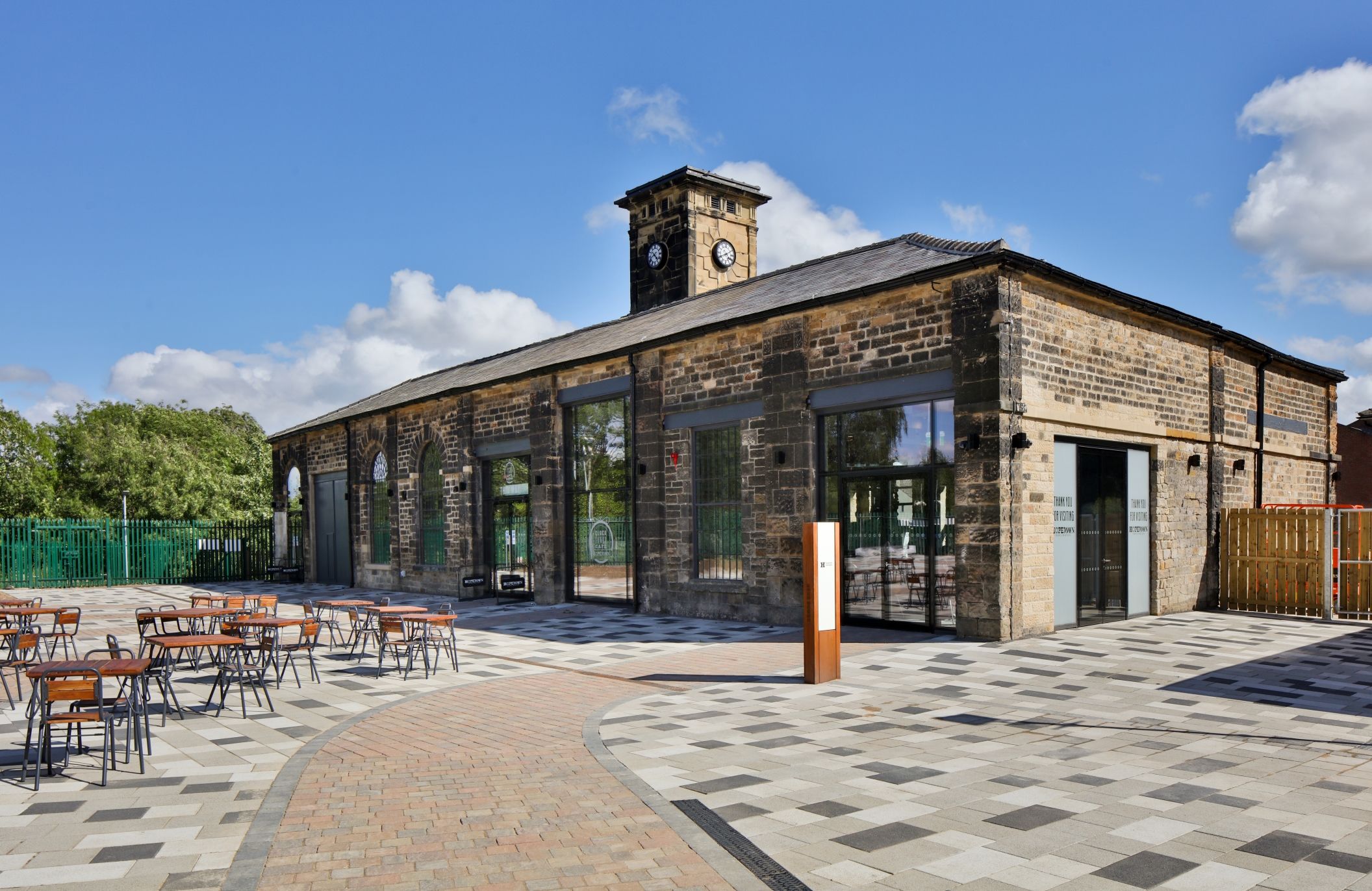
In early 2020, SPACE Architects won a competition to be appointed as Lead Designers, Masterplanners, Architects, Landscape Architects and Principal Designers for the Hopetown project. Originally known as the Darlington Railway Heritage Quarter, the site's rebranding as Hopetown evokes the historical essence of the area, referencing its origins as named by early railway pioneers. This decision underscored the architectural vision: to honour a world-changing legacy while reimagining the site as a destination that captivates modern audiences. Situated on 7.5 acres near North Road Station, Hopetown boasts the world's most significant collection of early railway buildings, carefully restored and repurposed to serve new, dynamic roles.
Central to Hopetown's design is the rejuvenated Grade II*-listed Goods Shed. Built in 1833, the structure once managed the movement of goods along the early railway network but had fallen into disrepair over decades. The architectural team have since meticulously restored the building, preserving its original stonework and rebuilding features like the historic archways and keystones to ensure structural integrity.
Internally, the original stone floors and stone walls were re-exposed, offering visitors an authentic glimpse into the building's past. Today, the Goods Shed welcomes guests with a mix of modern amenities—a café, gift shop, and ticketing area—paired with immersive exhibits, such as holographic projections and a miniature railway display. These additions transform the space into a hub for both historical exploration and community engagement, accessible free of charge to the public.




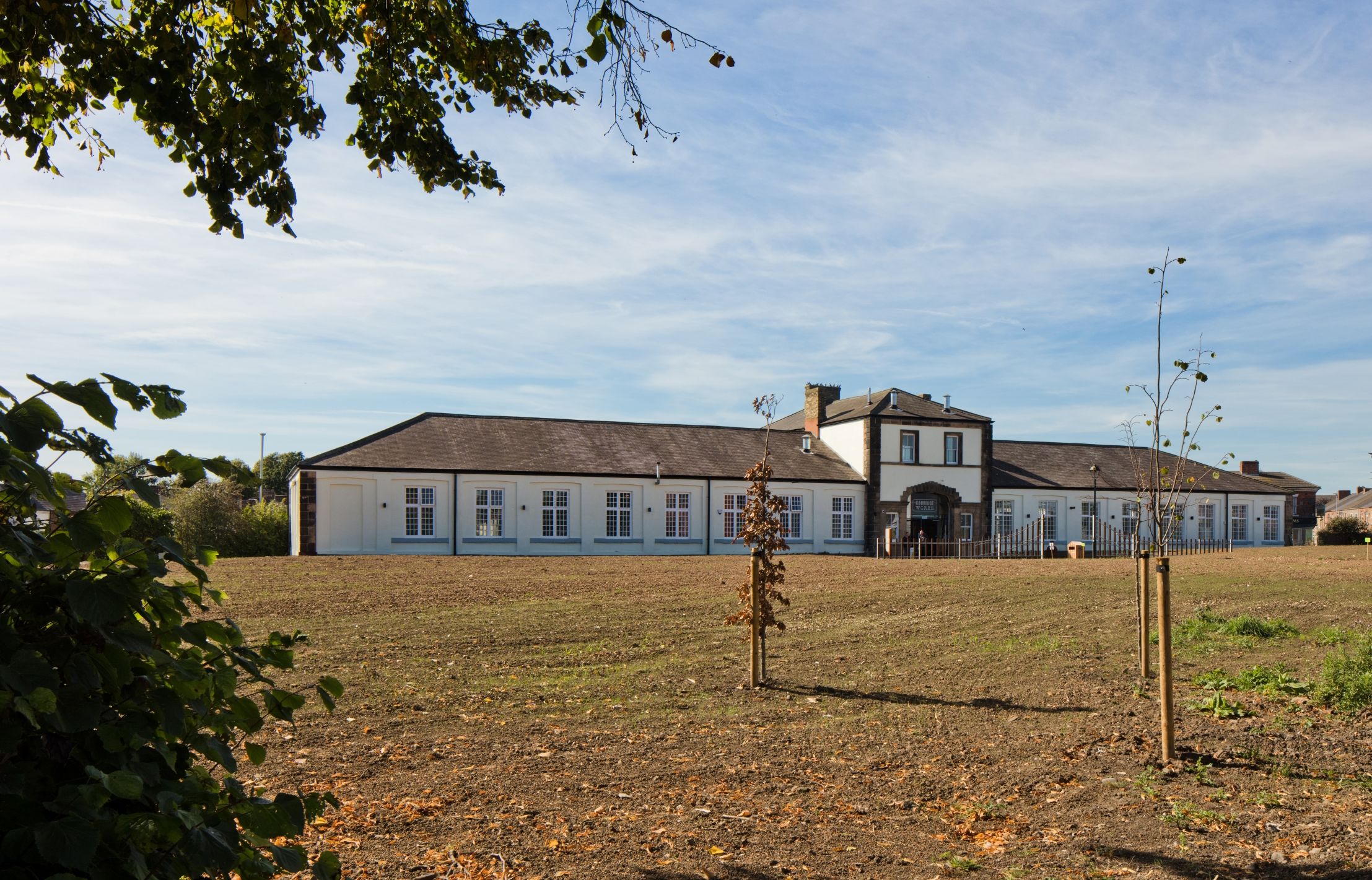

Hopetown's allure extends beyond its historic buildings, with new facilities and open spaces that further broaden its appeal, including the Darlington Locomotive Works. In this newly constructed purpose-built space, visitors can observe the craftsmanship of A1 Steam Locomotive Trust’s experts building steam locomotives from scratch. To the North West, the restored 1861 Shed allows visitors to observe antique and sometimes neglected locomotives and carriages being carefully restored by both the Darlington Railway Preservation Society and the North Eastern Locomotive Preservation Group.


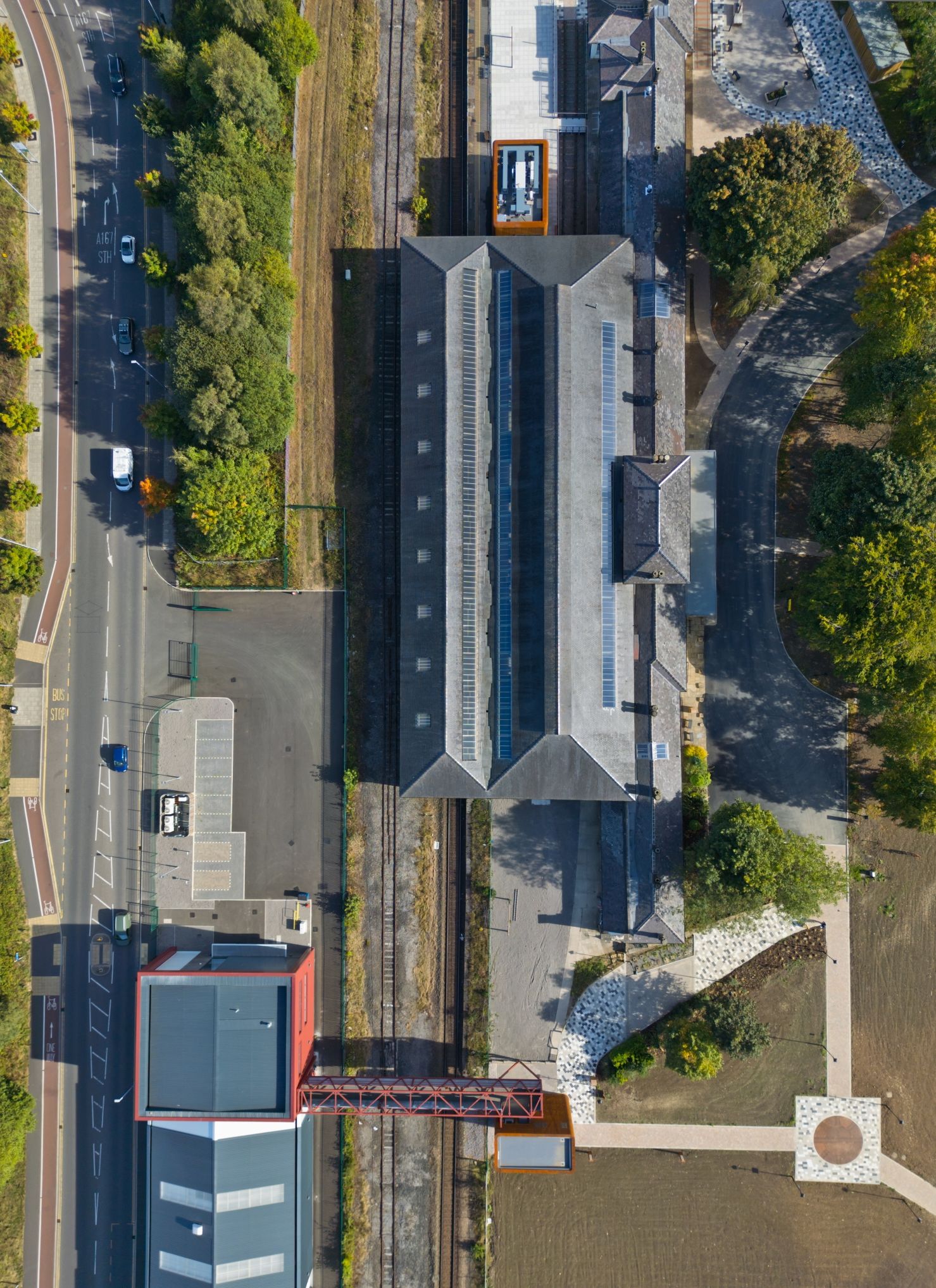
The successful realisation of Hopetown is the result of a shared vision and collaboration with SPACE Architects, leading an extensive and collaborative team of designers, engineers, contractors, specialists and artists. Darlington Borough Council played a pivotal role in driving the project, securing the necessary £35 million funding, and aligning efforts with national trusts and local communities. Exhibition designers, like PLB, contributed cutting-edge interpretive displays, ensuring the site tells its story in engaging, impactful ways.
Hopetown exemplifies how historical preservation and contemporary modern design can coexist to create a site that inspires, educates, and delights. Its evolution from the Darlington Railway Heritage Quarter to a multifaceted cultural attraction encapsulates the pioneering spirit of the original Stockton and Darlington Railway. For SPACE Architects, the project represents a fulfilment of our commitment to sustainable, heritage-sensitive design.
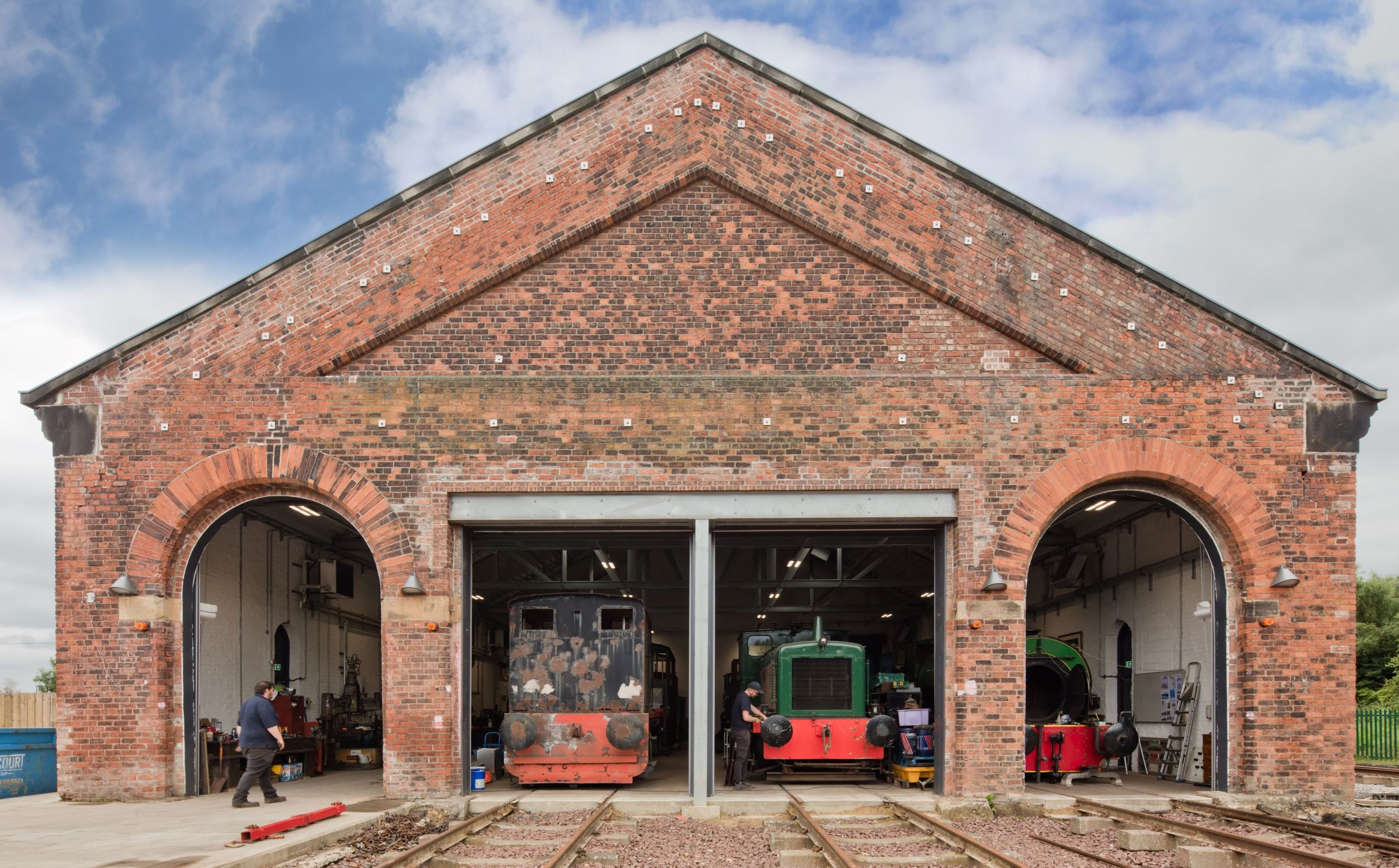
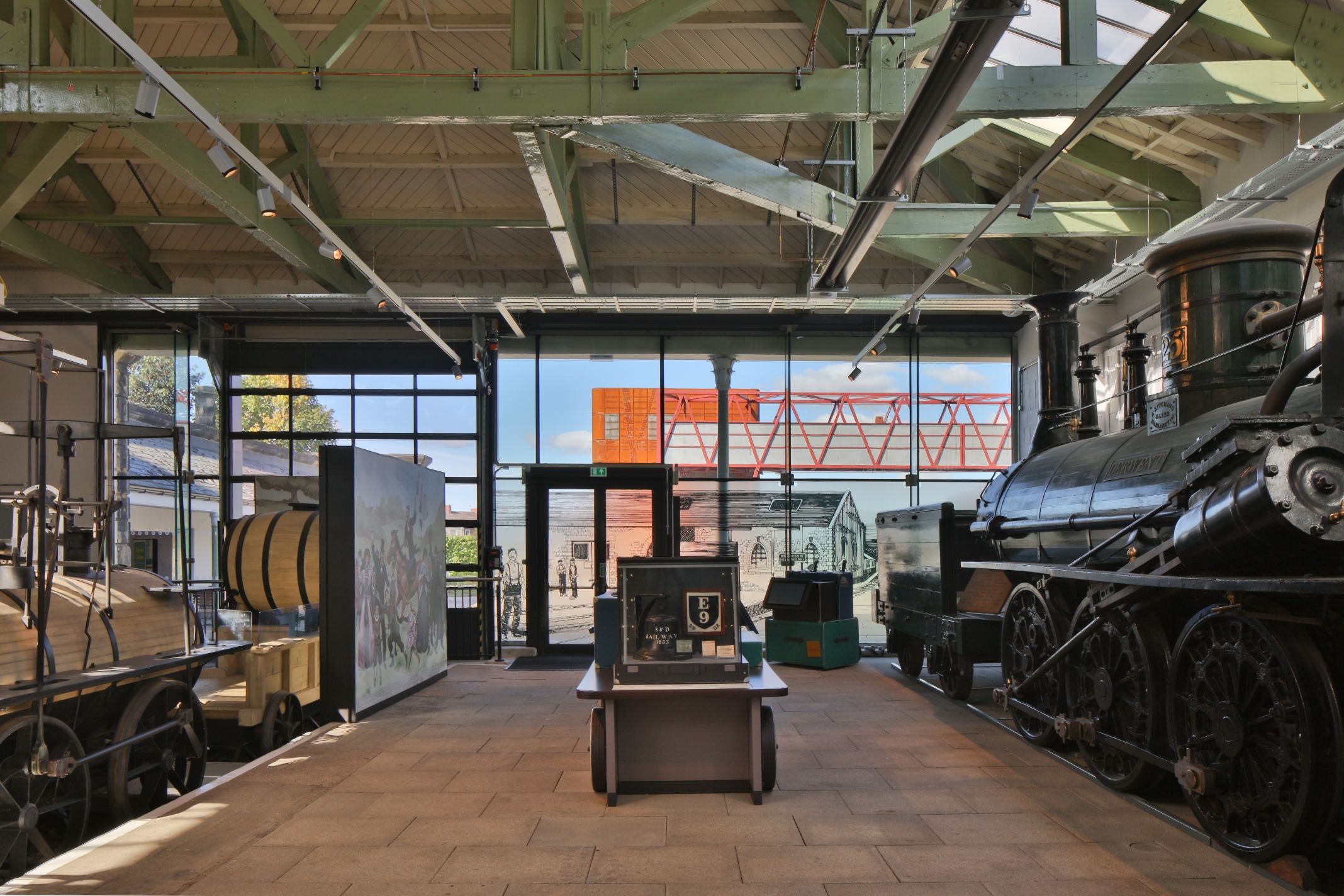

Mike Crawshaw, Head of Heritage and Culture AT Darlington Borough Council remarked,“We have an excellent relationship over a number of signature heritage capital projects with the SPACE team. David led the design process with both inspiration and always centred on Client needs. Great communication and a shared passion for this wonderful restoration scheme from David, Grant, Carinna and the wider Team. Top class.”
Grant Bramwell, Associate Director and Technical Lead for SPACE added,"Restoring Hopetown was not just about preserving history; it was about reimagining its relevance for future generations. The design celebrates the ingenuity of the past while integrating modern innovation, creating a space where visitors can connect with the transformative legacy of the Stockton and Darlington Railway."

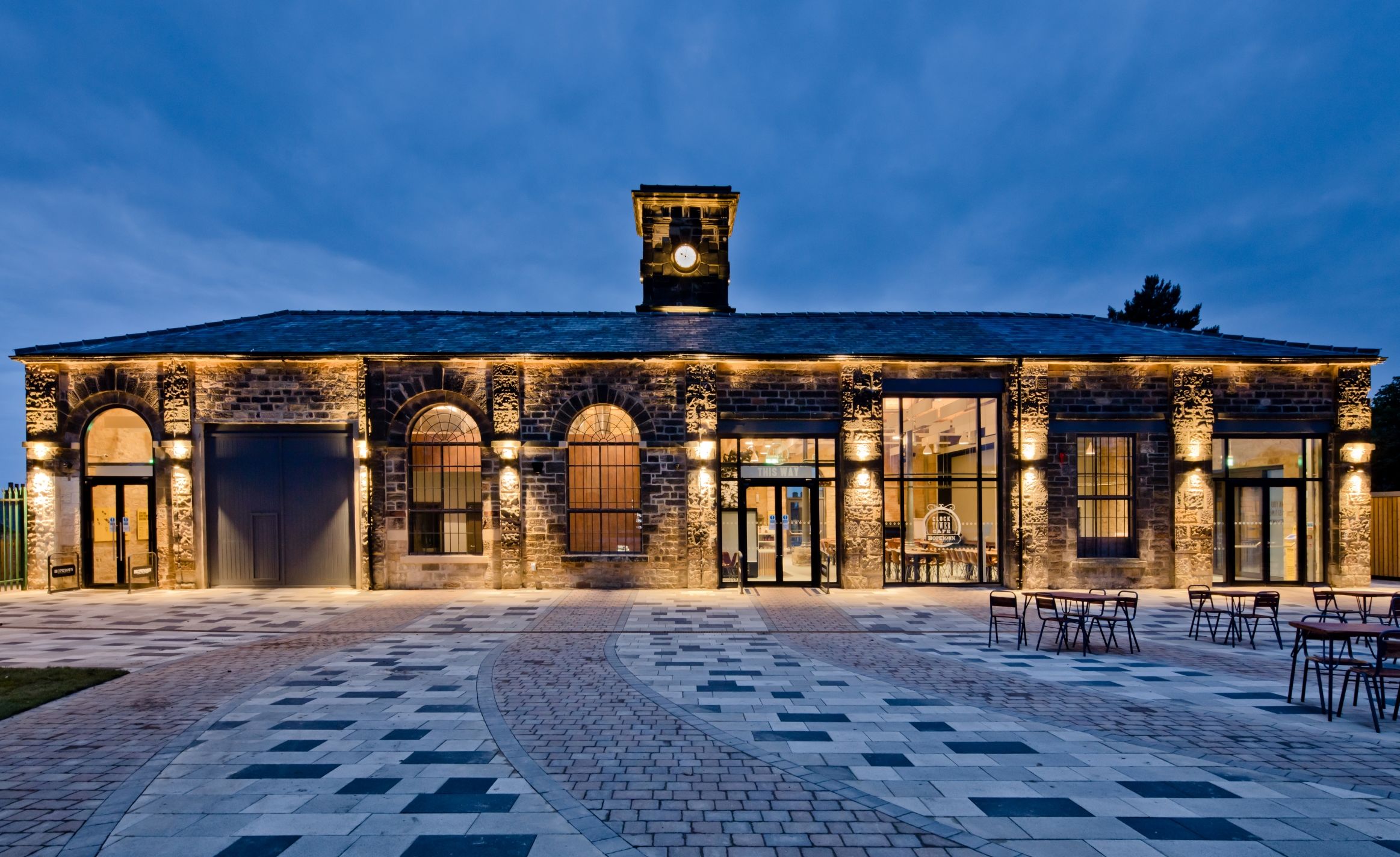
Architecture - SPACE
Masterplanning – SPACE
Landscape Architecture – SPACE
Planning - SPACE
Principal Designer (CDM) - SPACE
Client – Darlington Borough Council
Contractor – Willmott Dixon Construction
Interpretation – PLB Ltd
Structure & Civil Engineering - BGP
Mechanical & Electrical Engineering – TGA
Art Installations – Andrew McKeown
Play Specialists – Capcom
Photography courtesy of ©Kristen McCluskie
